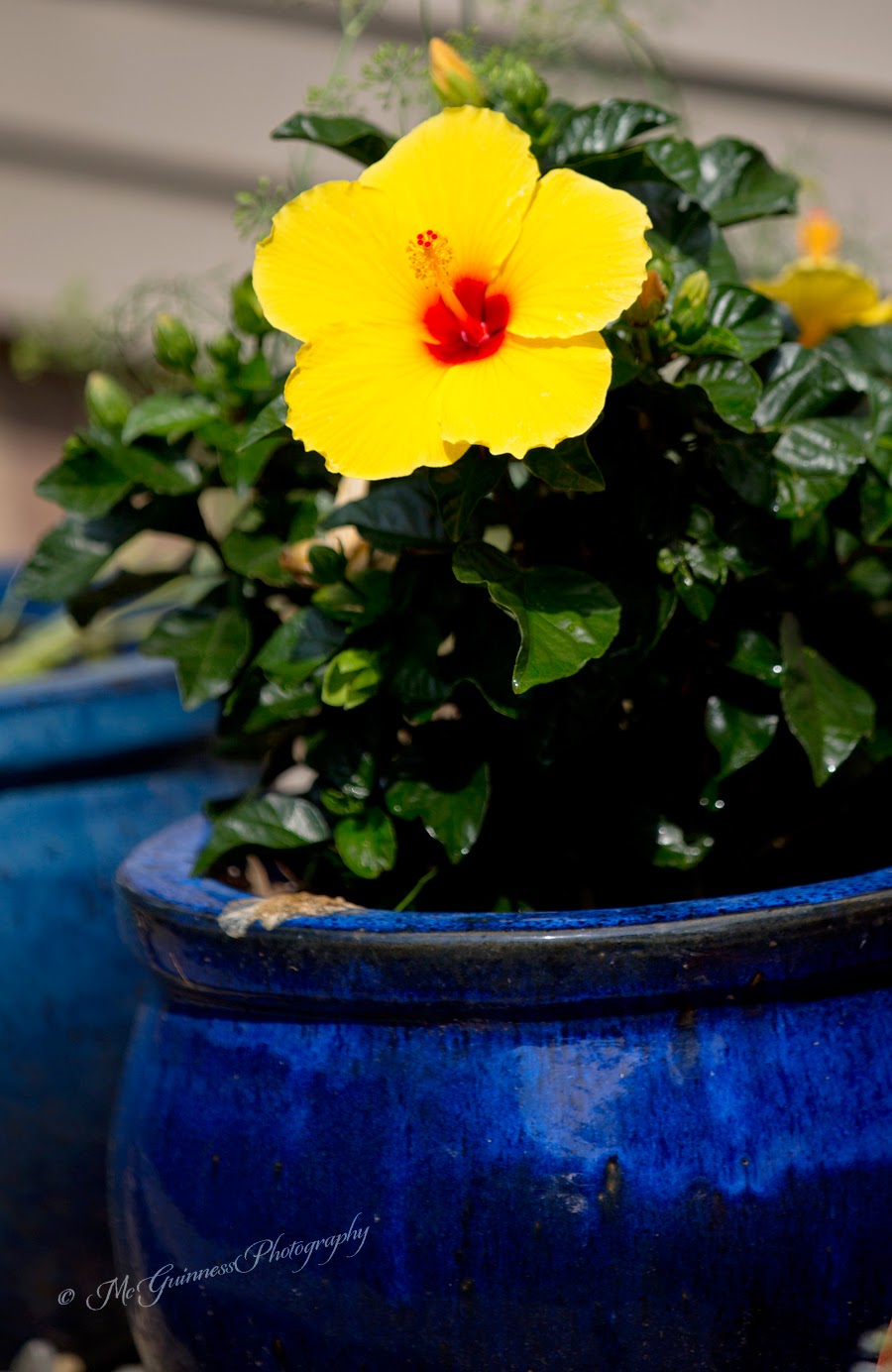 |
| The garlic is ready for harvest. |
Be careful when removing the plants from the ground. You don't want to break the stems off the garlic. Lightly shake the excess dirt from the roots.
After digging all the garlic up, I let it sit in a partially sunny area to "cure" for the afternoon. This dries up any loose dirt attached to the roots. Don't put it in direct, hot sun.
Next, find a spot in your home that will be on the darker side but will also allow for good air circulation. For me, this spot is the coat rack behind our back door. I tie all the garlic together in a bunch with string and allow it to hang there to dry for about 6-8 weeks.
After the garlic has been dried, I cut off the stems to about two inches above the bulb. I trim the roots as well. I separate them into two camps: garlic for replanting and garlic for eating. The largest bulbs I will replant in October, so the next year I will get bigger bulbs. (Read more about that here.) The smaller bulbs I will save for the kitchen.
I keep the "kitchen" garlic in my cabinet in a cloth bag (I bought mine from Gardener's Supply a few years ago) and use them as I need them. They are usually good until December without having to worry about them sprouting. If you still have a lot by December, you can freeze the cloves for use later on.
 |
| Garlic harvested in 2011. |
This year I tried out a new spot in my garden for the garlic and noticed that the bulbs did not grow as large as last year. It's possible they did not have as much sun as in previous years. Also, this new spot was a little more difficult to get to for watering, which might have also played a role in the smaller size. We've had a dry growing season so far so it's possible they needed a little more attention than I usually give them.
My neighbor down the road also grows garlic and reported a less than ideal crop as well this year. He even lost a couple of bulbs that were not suitable for storing or eating. The only person I know who had success was my friend across the street, Tricia, who planted her garlic in the same beds as her tomato plants. All of her garlic looked fairly large and healthy. Garlic is a good companion plant for tomatoes - something to keep in mind when planning the garden next year!




































.jpg)









